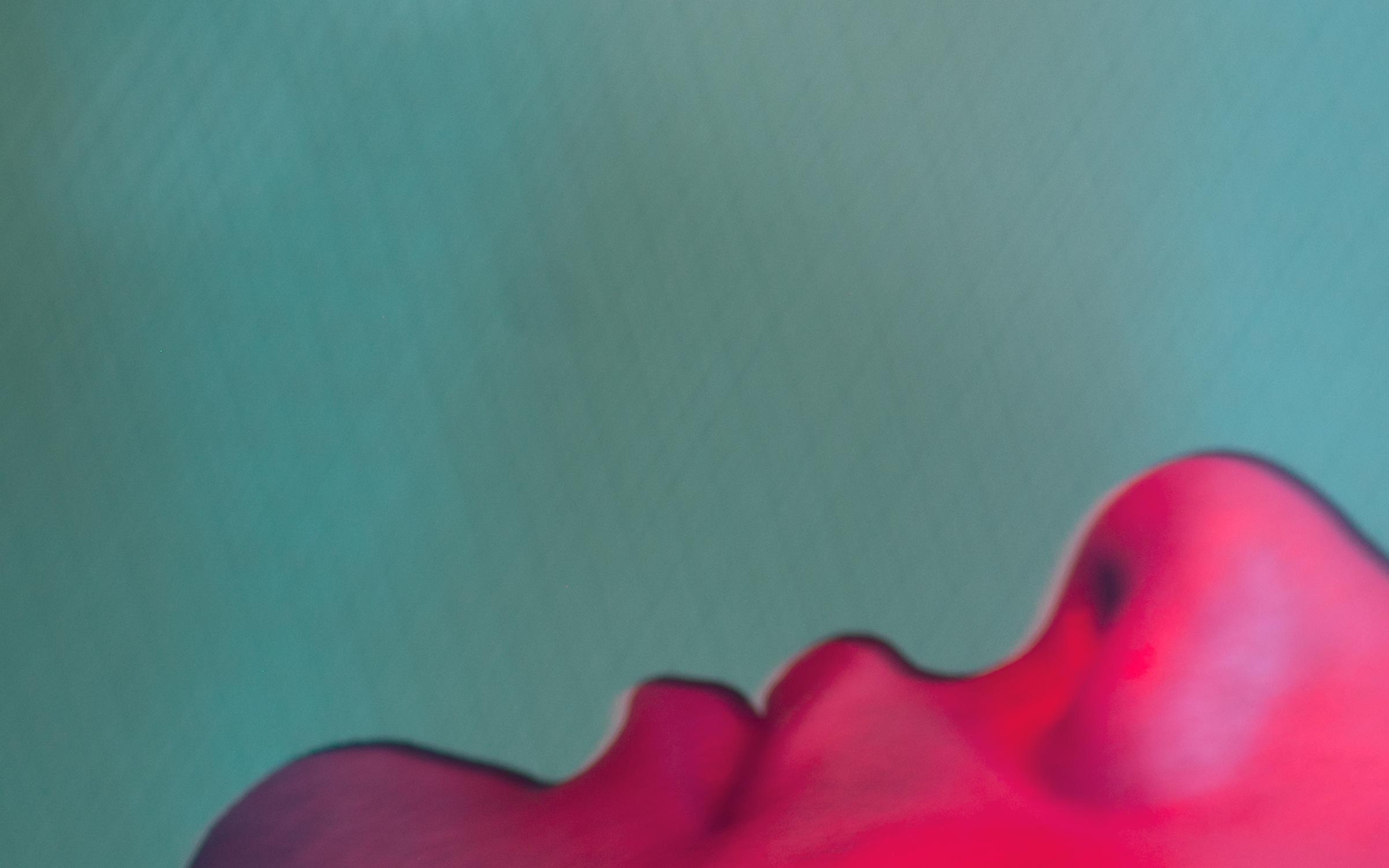What is 'OTHER' Seeing?
For many, the idea of 'other' lives in a distant margin, filled with a kind of uncomfortable difference or difficulty. For others, it's more like a longing for another self. Still, for others, it's a need for exhibitionist displays or distinctions. Yet to see life through only these prisms is to dismiss a world filled with puzzles and impressions that all differ from the obvious or familiar ideas of otherness.
There remains an overwhelming temptation to define the world using only prisms of good or bad. It can offer a sort of comfort and simplicity in seeing one’s existing creeds above all others. But this ease has little relevance in learning new things. The frictions of divergent perspectives, or the press of opposites are where all learning begins. Yet, inside the theatres of advertising, politics, or public discourse, we often try to either leverage differences or eradicate any notion that they ever existed. Usually, they hope to sell solutions, alleviate anxieties, or create imaginary escapes. But these efforts can sometimes manifest as virtues that render everyone far too similar. Life can become overly simplified through the most convenient human prism — 'ours.' Not surprisingly, these endeavours can fail more often than we care to realize. Cultures often yield to simple ideologies to reimagine themselves. And it tends to happen before realizing the issues they're struggling to better comprehend. Time and time again through doctrines like collectivization, or secular modernizations, or bloody justice, people destroy the very principles they set out to achieve in the first place. 'You can't make an omelette without breaking eggs' was the rallying cry during the slaughter of the French liberation into freedom for all.
Yet to learn more about our perceptions and deceptions alike, the acts of acknowledging, categorizing, and shifting across differences is a necessary human tool. It's not something to be abolished or forgotten but to be explored and better understood, despite the many uncomfortable realities they may reveal.
The nature of 'Other seeing' suggests a broader approach to how we use our tools of observation. It's not just a means for more simplified reactions, but for greater varieties, differences, and combinations of influences. We often fall into the trap of perceiving the world only through the prism that confirms existing beliefs. It's sometimes referred to as a 'suchbild'. And this translates into a search target for our beliefs. With a target in mind, other ideas get easily overlooked. When we go about perceiving the world this way, a fixation stays on the target of one's beliefs. This runs contrary to the idea of what 'other seeing' offers. Instead, it attempts to gather and explore the unseen possibilities and dualities of opposites. It's an effort to build larger contexts. And it can help to define our roles as subjects, authors and audiences (roles we all play). Of course, this pursuit can seem like a cyclical doldrum. But it can illustrate what it means to navigate beyond familiar expectations into the realm of Other — whether wayward or not. With an eye for finding connections, the act of mixing contexts can spark deeper insights into the multitudes of who we are. In a quest for 'mindful' creativity, it's among the most valuable possibilities a mind can achieve. And it segues into something called a theory of mind. This concept recognizes the ability to understand thoughts, desires and motivations separate from our own. It's an awareness that others can think in the same manner as we do. Art can trade heavily on this notion. It provides an exercise in exploring our common human categories (prayer, tribe or promise) from uncommon vantages. These perspectives are not simply meant to entertain or draw ridicule, but to help us in our developmental struggles. The art of a culture can become a powerful tool to reflect both the aspirations and wayward intentions of its times and places. And our times are no exception to it.
Still, this can be a difficult exercise for many of us. Without new visual readings, there are no new vantages to observe from. Without other vantages, there are no new experiences to expand one's thinking. As a reading model, Otherness propels past glancing ideals into the influences of different times and places. It can connect cultural ordeals to our own. But it's also an important reminder that almost everything we perceive can always be understood in other ways.
In times of upheaval and difference, 'Other' remains a kind of openness and courage. At its core, it's a kind of love. And it's love that becomes 12 degrees wiser about our bent, broken, and wondrous nature. It is not a pursuit for perpetual control or immediate virtue, but a knowledge to see and think otherwise.
— michael graf



